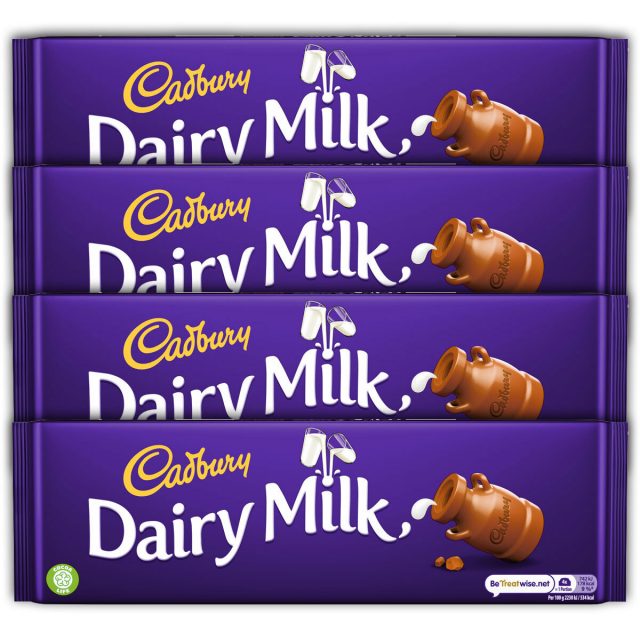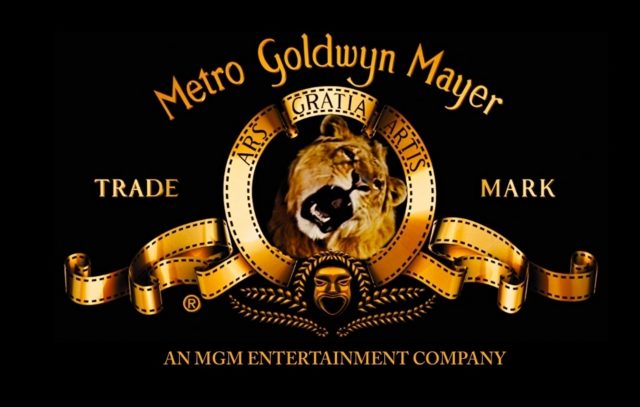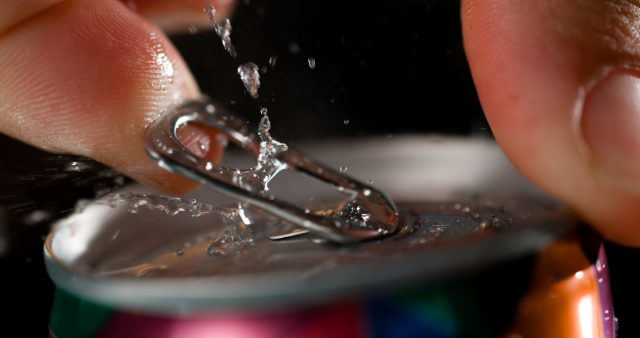This website uses cookies so that we can provide you with the best user experience possible. Cookie information is stored in your browser and performs functions such as recognising you when you return to our website and helping our team to understand which sections of the website you find most interesting and useful.
Making your mark – the curious world of drinks patents
With Putin having decreed that only makers of Russian ‘shampanskoye’ can use the name Champagne on their products, we delve into the colourful world of drinks patents, from Veuve Cliquot’s signature yellow shade to the ‘beerbrella’.

The first rule for inventors is not to reveal the fruits of their ingenuity until they have applied for a patent or trademark, preferably globally.
So it is little wonder that regulators around the world are besieged with applications to protect concepts and products ranging from the brilliant to the bizarre. Nowhere is this more prevalent than in the food and drink sector where fierce protection of geographical origins is widespread.
Many countries accept that Champagne can only come from that region of north-eastern France – but tell that to President Vladimir Putin, who recently decreed that only makers of Russian ‘shampanskoye’ can use that name. The grand houses of Reims and Epernay, he ruled, must from now on label their product ‘sparkling wine’.
Scotch whisky is a speciality that can only hail from the part of the United Kingdom north of Hadrian’s Wall, unless it is distilled in the myriad countries that ape it from their own distilleries. With around 70 court cases ongoing at any one time, the Scotch Whisky Association’s lawyers focus on bringing civil actions against generic fakes.

Brand owners have their own legal armies to hunt down the impostors. Diageo, for instance, has a library of Johnnie Walker fakes. Decades ago TV adverts in Britain affirmed that ‘Port can come only from Portugal’, a right conferred by Brussels. The protected name and the associated advertising saw off much of the ‘British made’ wine sector with a similar fate befalling Cyprus ‘Sherry’.
Stilton cheese comes from a defined area of the Midlands that does not include the Cambridgeshire village of Stilton, and the Cornish trenchantly defend the idea that a pasty made in their traditional style cannot come from outside the county’s borders.
The idea of terroir and authenticity of product underpins most food and drink protections. But what to most seem common sense ideas can lead to lawyers’ letters and subsequent court action.
Take the ‘beerbrella’, a mini parasol that can be clipped to a beer bottle to keep the contents cool. That’s covered by US Patent No. 6,637,447 issued on October 28, 2003. It was granted after a lawyer wished to prove to clients just how easy it was to get a simple invention protected. He argued that he could sell advertising on his ‘beerbrella’, thus making the idea commercially valuable.
Or what about a banana protection device – essentially a spectacles case to protect the fruit from being bruised in your lunchbox. That’s protected by US Patent US6612440. So don’t come up with a bent Tupperware box for the purpose, especially as that is trademarked too.
And should a producer (or journalist) refer to an excellent product as the Rolls-Royce of its category, the carmaker will first send a polite(ish) request to cease and desist using the term followed by a threat of legal action to protect its brand integrity.

Even a brand’s signature colour has been protected. In 2012, chocolate maker Cadbury’s trademarked its signature shade of purple, banning other chocolate producers from using the same hue, and the yellow of Veuve Clicquot’s label is protected too – it’s exact shade (Pantone 137C) said to be inspired by the yoke of a hen from Bresse – the only chicken with appellation d’origine contrôlée status.
But what about a sound? Could you prevent anyone else using a lion’s roar to promote a product? MGM has. It’s iconic sound is protected as unique. Similarly the ‘Intel Inside’ tone, the late Professor Stephen Hawking’s synthetic computerised voice and a jingle for Lidl. They have all been successfully registered as sounds nobody else can ape.
But the European Courts, usually the epicentre of protection, have drawn a line in the sand. Irish based packaging giant Ardagh, which recently listed on US stock markets at a value of around $8.5bn (€7bn) and has plants throughout Europe and North America, has been told it cannot trademark the sound of one of its drinks cans being opened.
In the first judgment of its kind, the EU’s top court said that an application for a ‘sound mark’ – an audio trademark – made by Ardagh Metal Beverage Holdings, its German subsidiary, was not sufficiently distinctive. The company had wanted to register an audio file of a drinks can being opened as a trademark with the EU’s Intellectual Property Office (EUIPO).

The recording included the sound of opening the can followed by a second silence and a subsequent fizzing sound lasting approximately nine seconds. In 2019 the EUIPO said the sound was “not distinctive” and last week the higher court rejected Ardagh’s appeal.
Ardagh is a leading supplier of sustainable beverage cans, with customers including Diageo, Heineken, Pernod Ricard, Nestle and Coca-Cola. It would be interesting to know its opinions on whether its cans created a unique sound when opened, not their products when released from the pressure within.
Even more interesting would be the thoughts of Keurig Dr Pepper and Ashai, the two groups that between them own the onomatopoeic Schweppes brand globally.
Ardagh Group chairman and chief executive Paul Coulson told the Irish Independent recently that the firm was shifting its focus to aluminium cans, which are in high demand because they are easier and cheaper to recycle than glass and attract investors with environmental, social and governance goals. But he kept quiet about seeking to tie competitors in legal knots.

